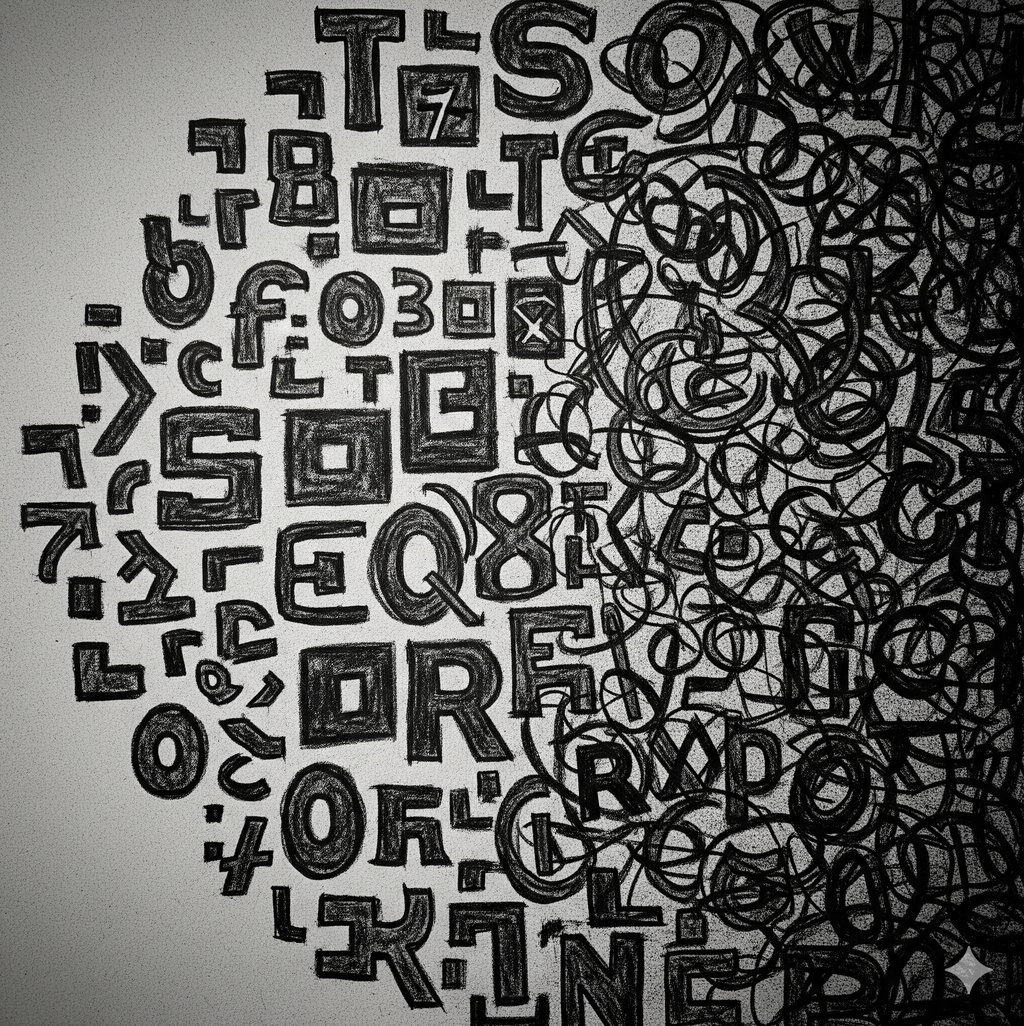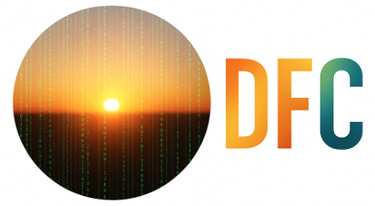Tokens and Embeddings: The Guide to Understanding AI's "Vision"
When you interact with artificial intelligence, it doesn’t “see” words the way humans do. For an AI to process and understand language, text must be converted into tokens and embeddings.
ARTIFICIAL INTELLIGENCE JOURNEY
10/9/20254 min read


Tokens and Embeddings: How AI 'Sees' and Understands the Meaning of Language
Have you ever stopped to wonder how Artificial Intelligence (AI), even though it processes millions of words, manages to "see" and "understand" the meaning behind them? The answer is not in a brain, but in a fundamental process of transformation. AI does not read text like we do; it translates it into a language it can process: mathematics. Tokens and embeddings are the key elements in this process, acting as the "eyes" and "sense" that give AI the ability to interpret the digital world. For a deeper understanding, it's worth considering how the construction of meaning and understanding is a complex dance between language and the mathematical logic that AI uses to formulate responses that often seem as human as our own interactions.
This article is your guide to demystifying these intriguing concepts. We will delve into what tokens are, why they are the first step in communicating with AI, and, more importantly, how embeddings transform words into rich, contextualized meaning. By understanding this mechanics, you will move from a simple user to someone who truly comprehends how Language Models, such as LLMs, manage to generate text so coherently and relevantly. The AI's ability to interact and generate text is not due only to superficial processing; it is the result of sophisticated internal processes that mimic aspects of human cognition. Thus, with every interaction, you can notice how these systems improve, adapting and learning from the information they process.
The Division of Language: The Role of Tokens
The first step for an AI model to process any text is to divide it into smaller units called tokens. Think of them as the building blocks of digital language. A token can be a whole word ("dog"), part of a word ("compu-"), a punctuation mark (","), or even a space. The token unit is crucial, as this division allows the AI to begin comprehending the structure and meaning of what it is reading. Thus, language is broken down into portions that can be more easily manipulated and analyzed.
This "tokenization" is vital for two main reasons:
Efficiency: Instead of processing text letter by letter (which would be extremely inefficient), the AI works with larger, more logical units. This not only speeds up processing but also helps the AI grasp patterns and contexts that would be difficult to perceive fragmentarily.
Finite Vocabulary: AI models have a limited vocabulary of tokens. When they encounter a new word, they break it down into subtokens they already know, ensuring they can process any text, no matter how uncommon. This flexible approach is crucial for the AI's robustness, allowing it to navigate a vast range of texts and topics.
Tokenization is the gateway for AI, transforming human text into an ordered sequence of units it can begin to process. Without this initial step, large volumes of text would become insurmountable barriers to algorithmic analysis.
The Leap to Meaning: The Magic of Embeddings
If tokens are the building blocks, embeddings are the "glue" that gives them meaning. An embedding is, essentially, the numerical representation of a token in a high-dimensional space. In simpler terms, it is a numerical vector that captures the essence and context of a word. This representation is not just a mere association; it allows the AI to understand the interconnection between different words, expanding its interpretation and response capabilities.
The major breakthrough of embeddings is that they not only represent words but also their semantic relationships. Words with similar meanings, such as "king" and "queen," have embedding vectors that are very close in this mathematical space. The distance between the vectors of "king" and "queen" is similar to the distance between "man" and "woman." It is this capacity to capture the similarity and relationship between concepts that allows AI models to "understand" meaning effectively. The implications of this are vast, enabling various applications, from automatic translation to personalized content generation, always imbuing a touch of nuance that reflects the subtleties of human communication.
The Full Picture: How Tokens and Embeddings Work Together
The AI's "seeing" process happens in two steps:
Tokenization: The text you input ("The sky is blue") is broken down into tokens ("The", "sky", "is", "blue"). This step is fundamental as it prepares the text for subsequent processing.
Vectorization (Embeddings): Each of these tokens is then transformed into its respective embedding vector. This transformation is where the magic truly happens, allowing the AI to begin understanding what is being said.
These vectors are then the input for the language model's neural network. It is based on the relationships between these vectors that the AI can not only understand the phrase but also predict the next word with high precision. The AI's "vision" is not visual, but rather the ability to translate human language into a mathematical format that brilliantly captures meaning and context. The final result is a system that not only reacts but interacts coherently and adaptively with the user.
Conclusion: Unveiling the Black Box of AI
Understanding tokens and embeddings is the key to opening the "black box" of AI. What seems like a guessing process is, in fact, a sophisticated calculation. Tokenization divides the text into manageable parts, and embeddings translate it into a numerical language that captures meaning and semantic relationships. Ultimately, comprehending these elements can empower users to maximize the use of the technology available to them.
This mathematical foundation is what allows Generative AI to become such a powerful and versatile tool. Instead of being magic, the ability to generate coherent text is a logical and optimized process. The next time you use an AI, remember that behind the words is a complex architecture of numbers and vectors working together to give meaning to your communication. Continue exploring and deepening your knowledge to stay ahead in the age of Artificial Intelligence.
Innovation
Technology and Digital Transformation.
contact us
Apprenticeship
digitalfuturechanges@gmail.com
© 2025. All rights reserved.
